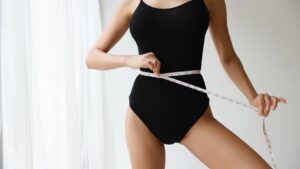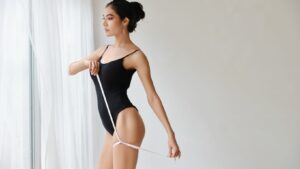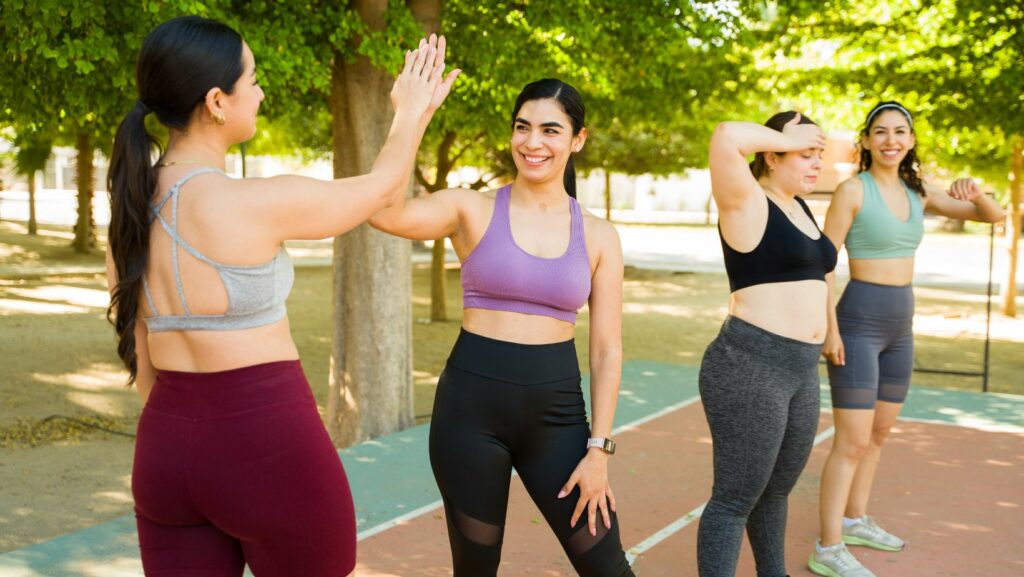Body:7n9axzagdoa= Photography
Body photography is an art form that captures the human form in all its diverse beauty and complexity. As it gains popularity among  photographers and enthusiasts alike, this genre pushes the boundaries of traditional portraiture, exploring the interplay of light, shadow, and texture on the skin. By focusing on the unique features and expressions of the body, photographers create powerful images that tell stories beyond words.
photographers and enthusiasts alike, this genre pushes the boundaries of traditional portraiture, exploring the interplay of light, shadow, and texture on the skin. By focusing on the unique features and expressions of the body, photographers create powerful images that tell stories beyond words.
In recent years, body photography has evolved with technological advancements, offering new ways to experiment with angles, lighting, and composition. This evolution allows artists to express individuality and challenge societal norms around beauty and body image. As more people embrace body photography, it becomes a medium for empowerment, self-expression, and celebration of the human form. Through this lens, photographers invite viewers to appreciate the intricacies and wonders of the body, encouraging a deeper connection with oneself and others.
Understanding Body Photography
Body photography emphasizes capturing the essence of the human form. This genre focuses on portraying emotions, narratives, and personal experiences through imagery. By exploring angles, compositions, and settings, photographers highlight individual characteristics and unique details.
Stylistic choices play a critical role in this art form. Lighting setups, for example, can accentuate muscle tone or smooth skin texture.  Photographers often use natural light to convey authenticity, or studio lighting for dramatic effects.
Photographers often use natural light to convey authenticity, or studio lighting for dramatic effects.
Technology advancements broaden creative possibilities in body photography. Digital editing tools allow for manipulation of images, enhancing or altering features to align with artistic vision. Innovations in camera equipment improve image quality, offering clarity and precision in capturing intricate elements.
Ethical considerations guide responsible practices. Photographers should prioritize consent, respect, and communication when creating body-centric work. Transparent collaboration fosters trust between photographers and subjects, ensuring a positive experience and authentic representation.
Body photography intersects with cultural and social themes. Through diverse portrayals, it challenges conventional beauty standards and promotes inclusivity. By showcasing a wide array of body types, ages, and identities, photographers contribute to a broader understanding and acceptance of beauty’s spectrum.
Key Techniques In Body Photography
Body photography demands a skillful approach to capture the essence and beauty of the human form. Mastery of lighting, composition, posing, and angles is essential for creating impactful images.
Lighting and Composition
Lighting transforms the subject in body photography. Natural light offers softness, enhancing skin texture. Studio lighting allows precision, highlighting muscle tone and contours. Many photographers use a combination to achieve balanced effects. Composition determines the focus and emotional impact. Rule of thirds creates dynamic visuals, while symmetry provides balance. Negative space can draw attention to the subject, framing them effectively.
Posing and Angles
Poses convey emotion and storytelling in body photography. Fluid, relaxed poses are key to authentic representation. Photographers guide subjects to showcase individual attributes and narrative intent. Angles alter perception and add depth. Low angles project strength or dominance; high angles offer vulnerability or introspection. Experimentation with unconventional perspectives can reveal new dimensions of the body.
The Role Of Body Photography In Society
Body photography plays a significant role in shaping societal perceptions of beauty and identity. It acts as a catalyst for conversations about individual and collective experiences.
Body photography promotes body positivity by celebrating diverse body types, encouraging acceptance, and dismantling stereotypes. It’s  an empowering medium for individuals aiming to embrace their physical appearance and express self-love. Photographers capture images that challenge conventional beauty norms and foster inclusivity. These images can inspire confidence in viewers, helping them appreciate their uniqueness and redefining societal standards.
an empowering medium for individuals aiming to embrace their physical appearance and express self-love. Photographers capture images that challenge conventional beauty norms and foster inclusivity. These images can inspire confidence in viewers, helping them appreciate their uniqueness and redefining societal standards.
Despite its positive impact, body photography faces challenges. Issues like objectification and privacy concerns often arise when boundaries aren’t respected. Misrepresentation occurs when images don’t reflect subjects authentically. These controversies can hinder the art’s ability to empower, demonstrating the need for ethical practices and mindful representation. By addressing these challenges, photographers can ensure body photography remains a respectful and empowering medium within society.
Body photography stands as a transformative art form that celebrates individuality and challenges societal norms. Through innovative techniques and ethical practices, photographers capture the essence of human beauty and identity.
